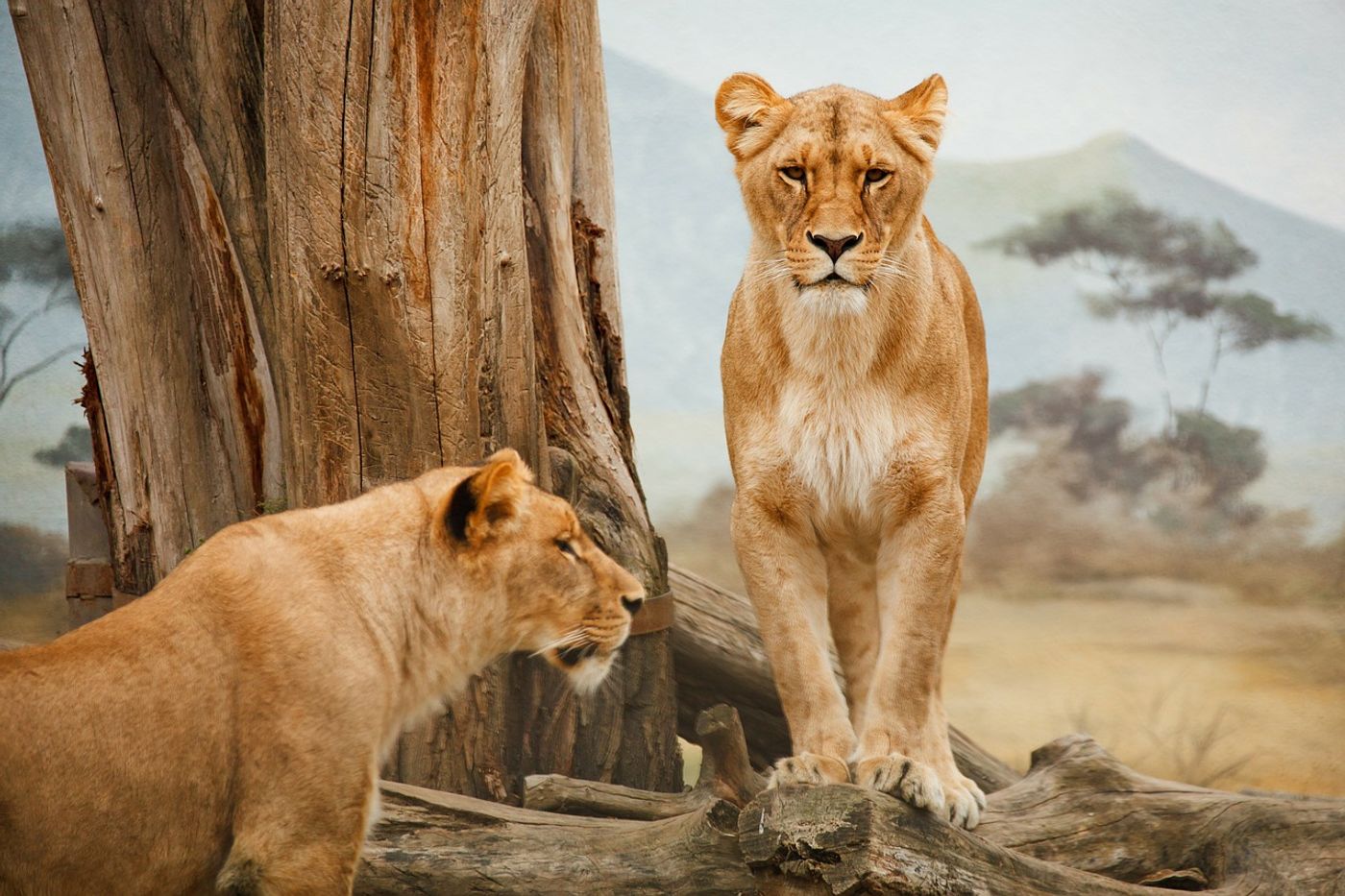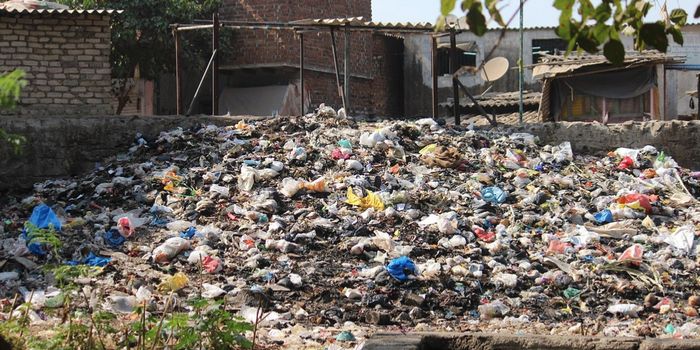As We Keep Developing Land, Where Are the Large Carnivores Supposed to Go?
An ongoing problem today is how some of the world’s largest carnivorous animals are losing their homes and roaming grounds to the likes of land development.
At the current rate that wild ecosystems are being mowed down for agriculture, development, and other human-related activity, many animals at the top of the food chain are finding it harder to hunt and survive.
Among these, lions, tigers, and wolves are all facing population declines and potential extinction, but the list doesn’t end there. These creatures rely on vast ranges to hunt and survive, but as humans develop these regions, the remaining parts become too cramped for the animals to live their way of life.
Image Credit: Pixabay
This is a growing issue in countries like Africa and Asia where human populations are booming, and the animals are losing their ranges at exponential rates. While these two continents are seeing the biggest impacts, it’s a problem that affects the entire world.
In a new study published in the journal Royal Society Open Science, Oregon State University researchers leveraged data from the International Union for the Conservation of Nature (IUCN) to map out the current ranges of 25 large carnivores to compare to similar data collected as early as 500 years ago. The findings? Not good.
"Of the 25 large carnivores that we studied, 60% (15 species) have lost more than half of their historic ranges,'' study lead author Christopher Wolf told the BBC.
"This means that scientifically sound reintroductions of large carnivores into areas where they have been lost is vital both to conserve the large carnivores and to promote their important ecological effects. This is very dependent on increasing human tolerance of large carnivores - a key predictor of reintroduction success."
Related: More than 50% of large carnivore attacks on humans are from human ignorance
Scientists will have to consider reintroductions to regions where the animals were driven away from originally, as this could be the only way to fight back against declining numbers. Some animals may be able to pick up where they left off in areas where human populations are minimal and won’t be overbearing to their way of life.
At this point in time, it’s too early to begin picking up wild animals and dropping them off in unfamiliar territories. More research needs to be conducted to learn more about large carnivore ranges.
Once we establish a baseline of where to reintroduce these animals, we might be able to forward with re-wilding programs to aid in animal conservation for species that are fighting to survive.
Source: BBC









